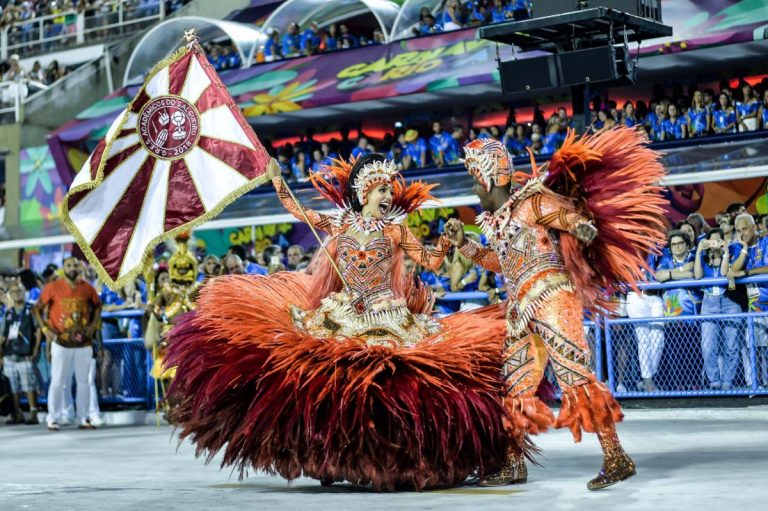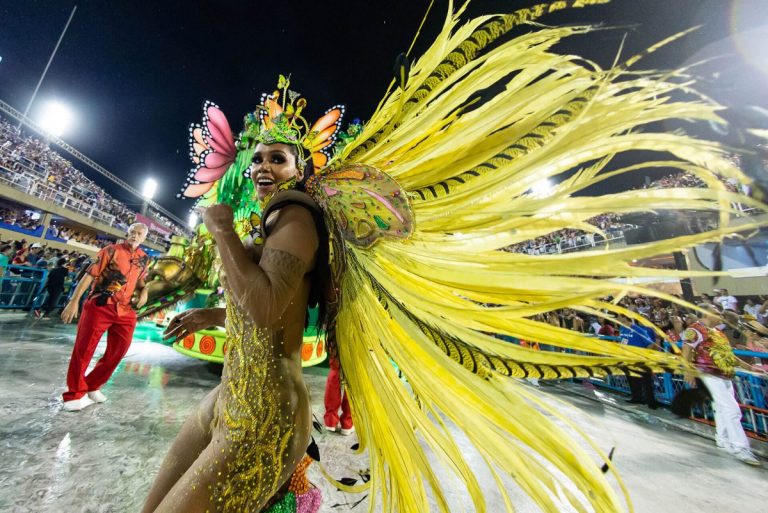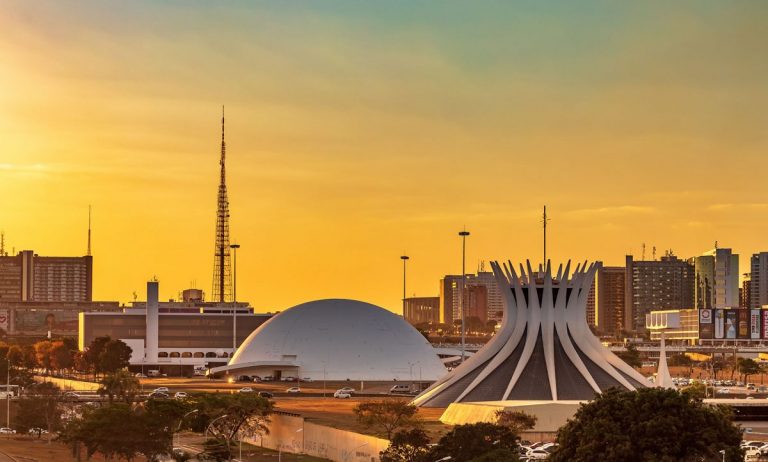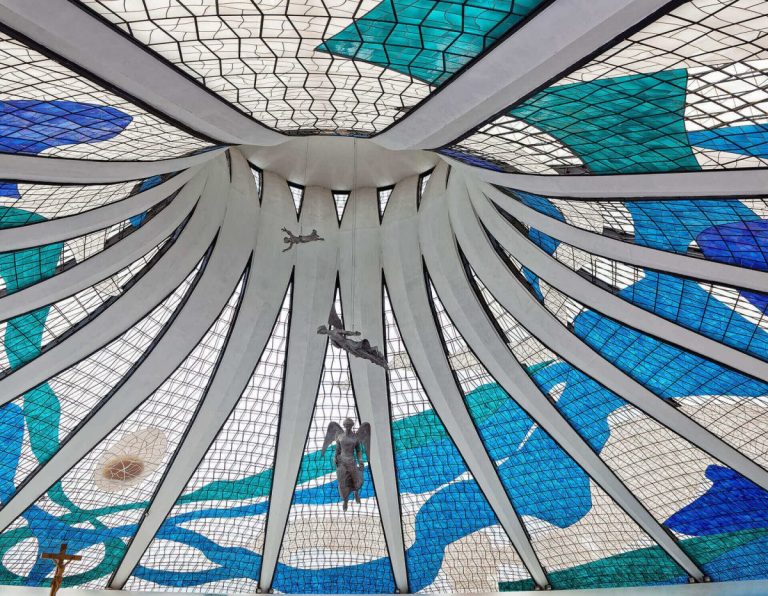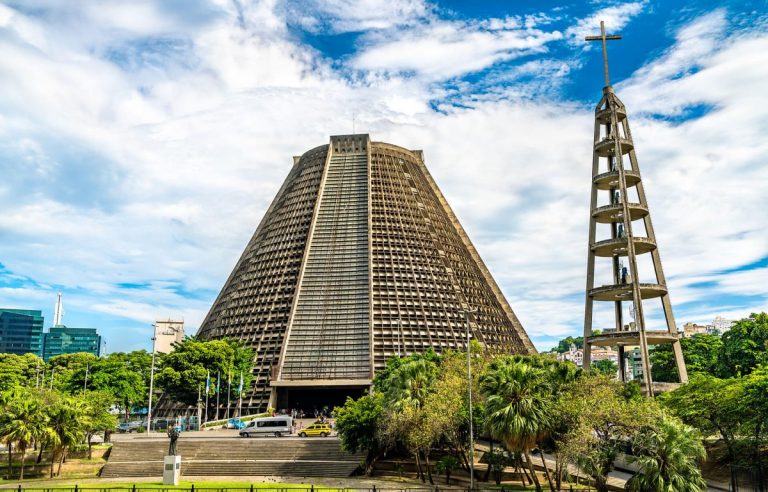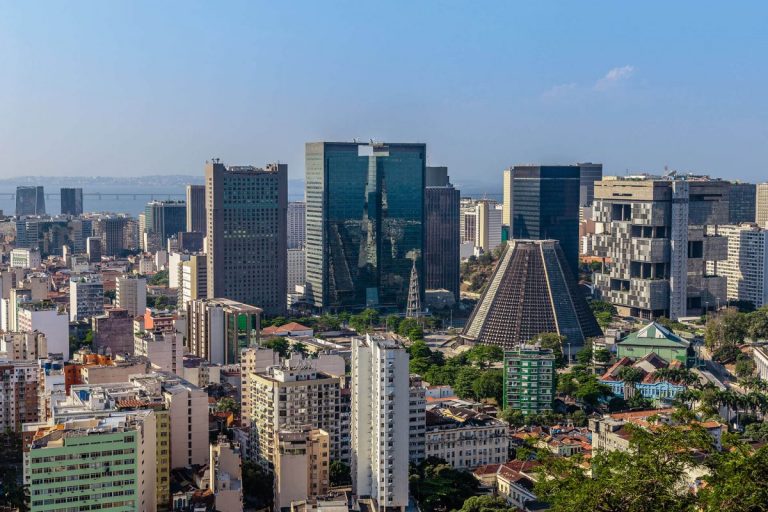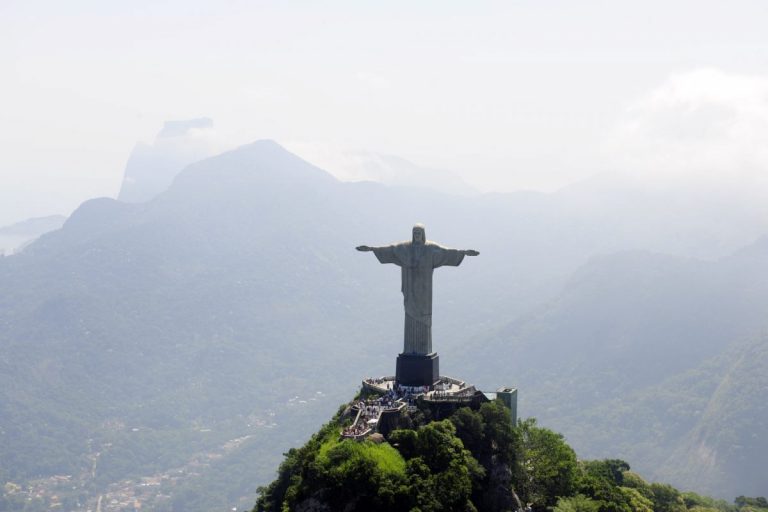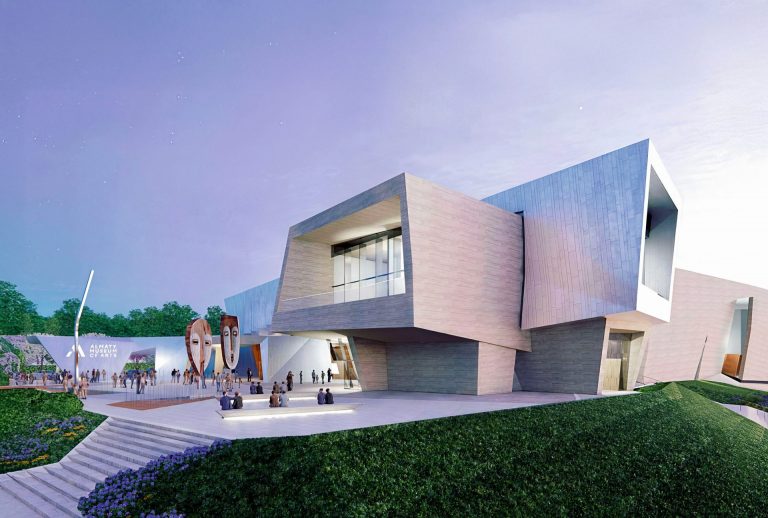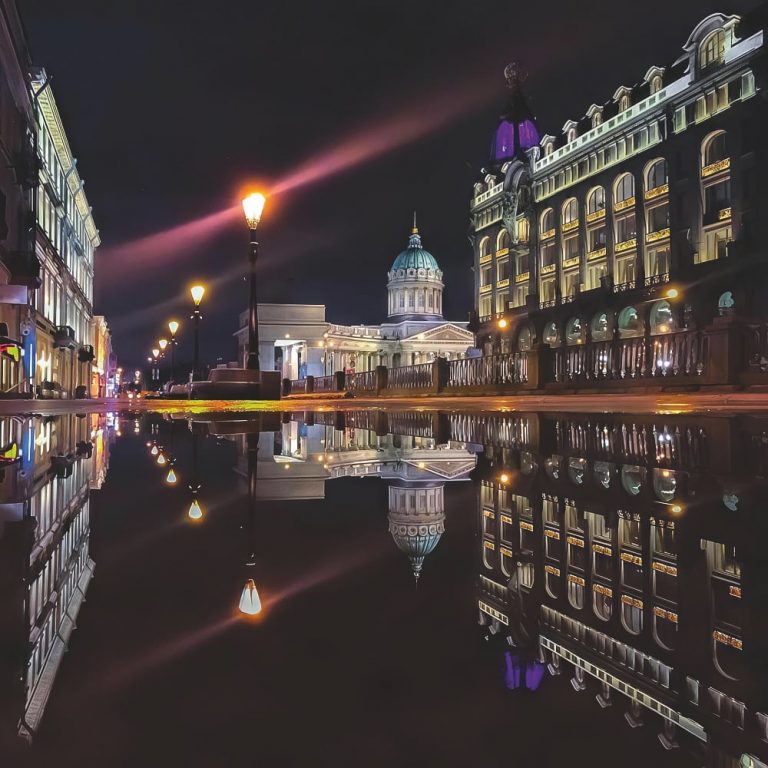This April, the South American continent will be a real hot destination. The Brazilian carnival has been rescheduled because of the pandemic, as well as logistical and financial problems in Europe. This is a chance to walk on the beach of Copacabana, and at the same time to see the grand church architecture of the twentieth century.
Dance and be saved
The origin of the Brazilian carnival dates back to the 17th century and is shrouded in mystery. Obviously, the Brazilian holiday is the closest relative of the Venetian carnival and the Russian Carnival. All these holidays are taking place on the eve of the Great Lent and mark an important religious frontier. But, as elsewhere, the emphasis has shifted. In Brazil, the holiday drive was intercepted by Africans and turned the carnival into an analogue pagan mystery. It is in this form – a complex mixture of Christianity and paganism – it has survived to our days. So no one objected when, in 2022, the carnival was moved by a month and a half. It doesn’t matter that the occasion has passed, the main thing is that the dance has remained.
So, this year, the main program of the Brazilian Fest, that epicentre became Rio de Janeiro, will be held from 20 to 30 April. A general review of samba schools at the famous Sambodromo Stadium, built in 1984 by the famous architect Oscar Niemeyer, will pass from the 20th to the 21st April. A day later, April 22-23, will take place the review of higher quality schools, their skills will be evaluated by professionals. Finally, on April 30 will be the apotheosis of the competition: on this day the winners of the samba contest will participate.
Carnival-2022 was moved to unusually late time, but the Brazilians still kept up appearances: it will be held after Easter, which this year among Catholics falls on April 17. Magnificent Brazilian cathedrals, where tourists turn into pilgrims and vice versa , remind of the Church holidays.
Cathedral, Brasilia
This cathedral in the newly formed capital of Brazil was founded in 1958 and was supposed to be cosmopolitan and interfaith as the city itself. However, immediately after the start of Niemeyer’s genius project, the money was gone. In the end, the only sponsor, the Catholic Church, sponsored it. It is interesting that Niemeyer never concealed his communist beliefs. Anyway, the cathedral got impressive. 16 curved concrete columns (Nimeier’s favourite curves), each weighing 90 tons, are directed inward and briefly meet at a single point before branching off upwards, giving the structure the shape of an hourglass (this principle worked out by our engineer Shukhov). At the entrance of the cathedral there are four bronze statues of four evangelists – Matthew, Mark, Luke and John, each about three metres high.
As for Oscar Niemeyer, he died on 5 December 2012 in a hospital in Rio de Janeiro, right before his 105th birthday. The obituary said:
«Rejecting the cubic forms approved by his predecessors, Niemeyer built some of the most impressive buildings in the world – monumental curving concrete and glass structures that challenge all architectural canons».
The Metropolitan Cathedral, Rio de Janeiro
Rio de Janeiro was able to capture the glory of the architectural capital of the world from Brazil only partially. Although the attempt was serious, while the cathedral in Brasilia was under construction, Niemeyer’s pupil Edgar de Oliveira da Fonseca decided to outdo the teacher by laying the Metropolitan Cathedral of Saint Sebastian. It is a large conical building (106 metres in diameter and 96 metres in height) in the centre of the city. The concrete buildings have very little in common with the traditional architecture of churches. The cathedral is rather like an ancient Mayan pyramid. Inside there is enough space to put five thousand people. The inclined walls of the cathedral are covered with small square windows, similar to honeycombs. In the centre of each of the walls is a large rectangular stained-glass window with a height of 64 metres.
By the way, in the basement of the cathedral of Rio de Janeiro is located Art Museum, demonstrating various historical and religious exhibits, sculptures, frescoes, works of art and others.
Statue of Christ the Redeemer, Rio de Janeiro
The most photogenic and circulated symbol of Brazil is a 38-metre tall statue of Christ, who has spread his arms over Rio. The monument is located in the territory of the Tijuca National Park, and it can be reached by a special train. Few people know that the Brazilian Christ is a stablemate of the American Statue of Liberty. Both were made in France (by the early 20th century, Brazil did not have enough qualified sculptors and architects).
The installation of such a significant and symbolic monument was conceived for the 100th anniversary of Brazilian independence, which was celebrated in 1922. But the construction was prolonged for a decade (until 1932).
Interestingly, the statue serves as a lightning rod – two or three times a year it is struck by lightning. For this case, restorers always have «spare parts» for Christ.
Photo: 123rf.com, Depositphotos.com, stock.adobe.com


